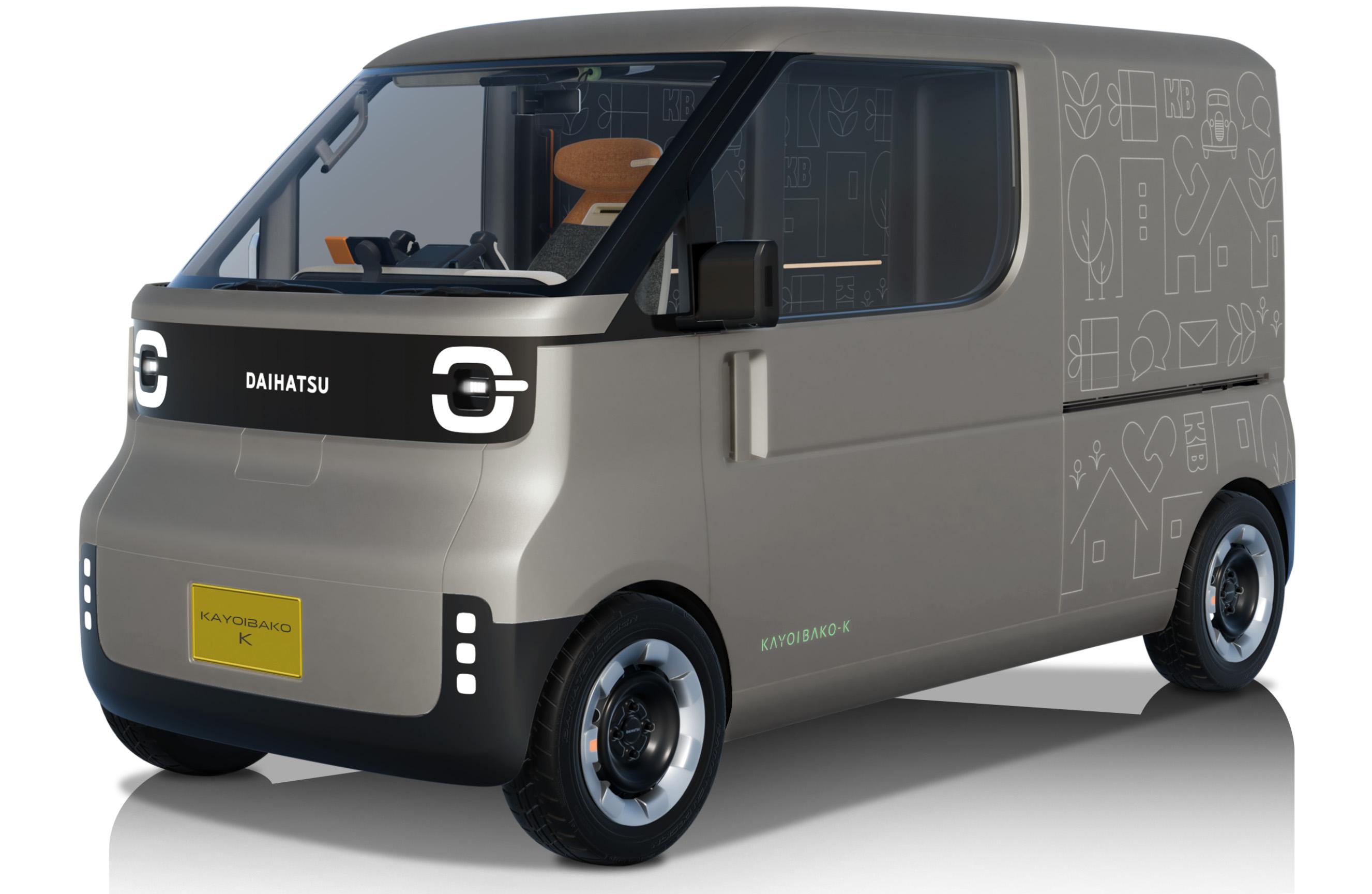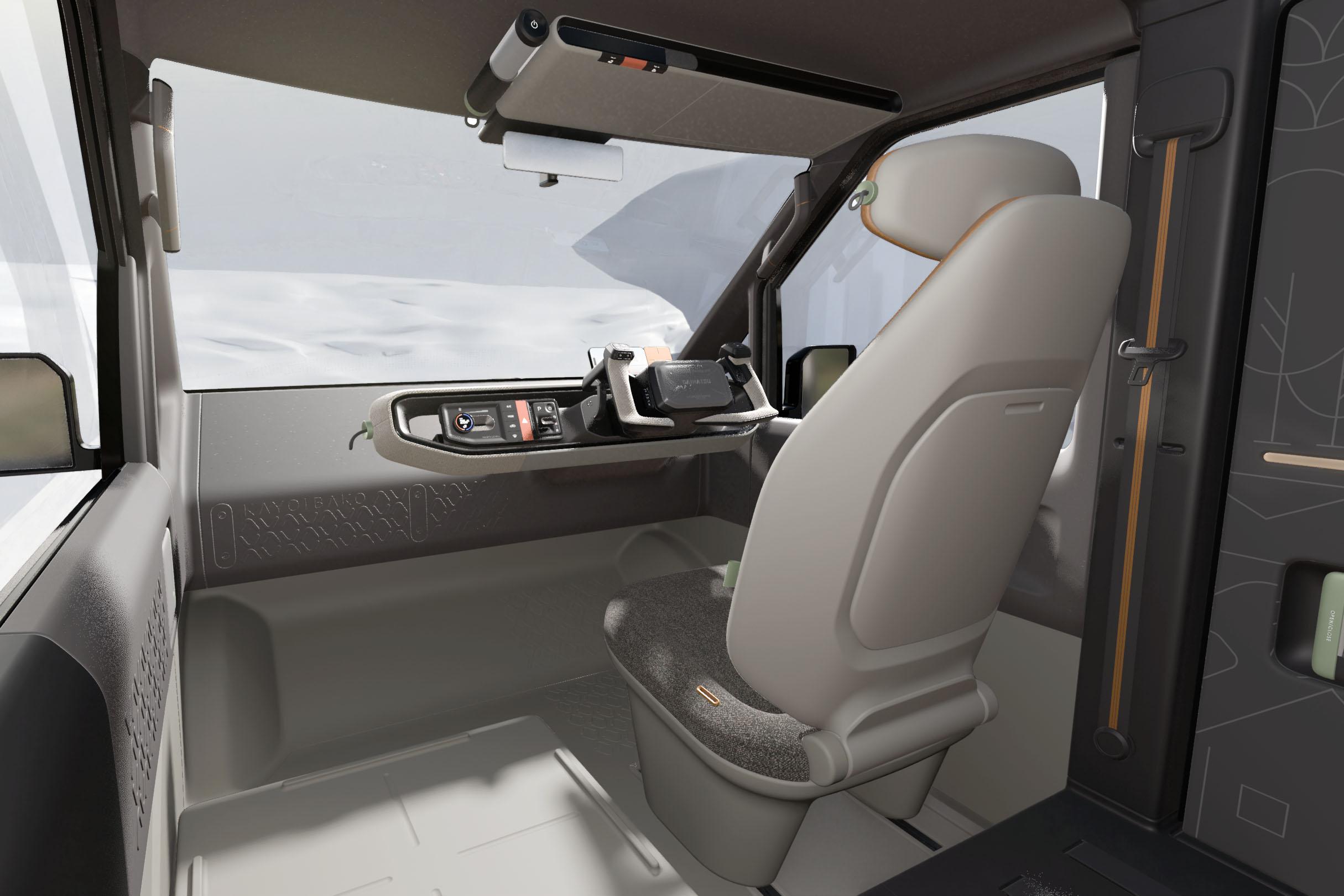The Toyota group’s stand at the 2025 Tokyo motor show had plenty of talking points — including a six-wheel Lexus, new Century concepts, and a radical re-imagining of the Corolla — but it also had a welter of van concepts.
Perhaps the most production-ready, and certainly the most relevant for Australians, was the HiAce Concept.
There multiple variants of the HiAce Concept were at Toyota’s stand. One was setup as a rolling medical centre with a comfy green couch, a large screen for a virtual medical assistant, and a swivelling passenger chair that doubles as an examination chair.
The inside also features spaces for storing medical supplies, including oxygen, sonography equipment, and first aid gear. A display strip on the passenger door shows waiting time and who’s up next.
CarExpert can save you thousands on a new car. Click here to get a great deal.
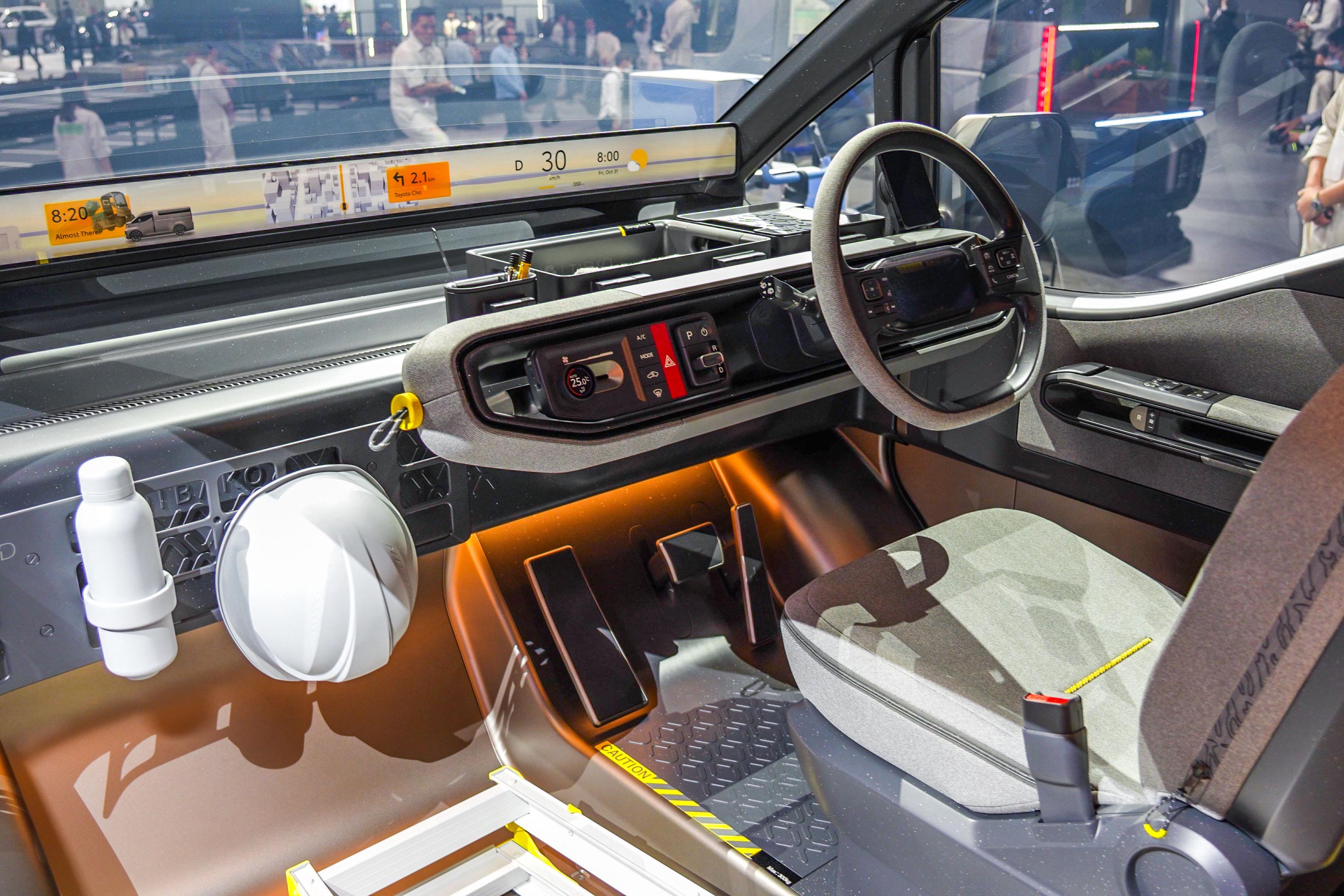

The other van on display had a lower roof and a shorter wheelbase. It was setup as a work vehicle with dual sliding rear doors, a shelving unit along one side, and a just a single seat for the driver.
Both vehicles have front doors that open up to 90 degrees, and massive sliding rear doors. On the passenger’s side there’s no B-pillar between the front and rear doors, making it easier to load and unload large items on the curbside.
There’s also a full width infotainment and instrumentation display along the base of the windscreen, and simple dashboard pod with physical climate controls, transmission shifter, and a flat-bottom two-spoke steering wheel. Fabric is used on the dashboard pod, steering wheel and seats.
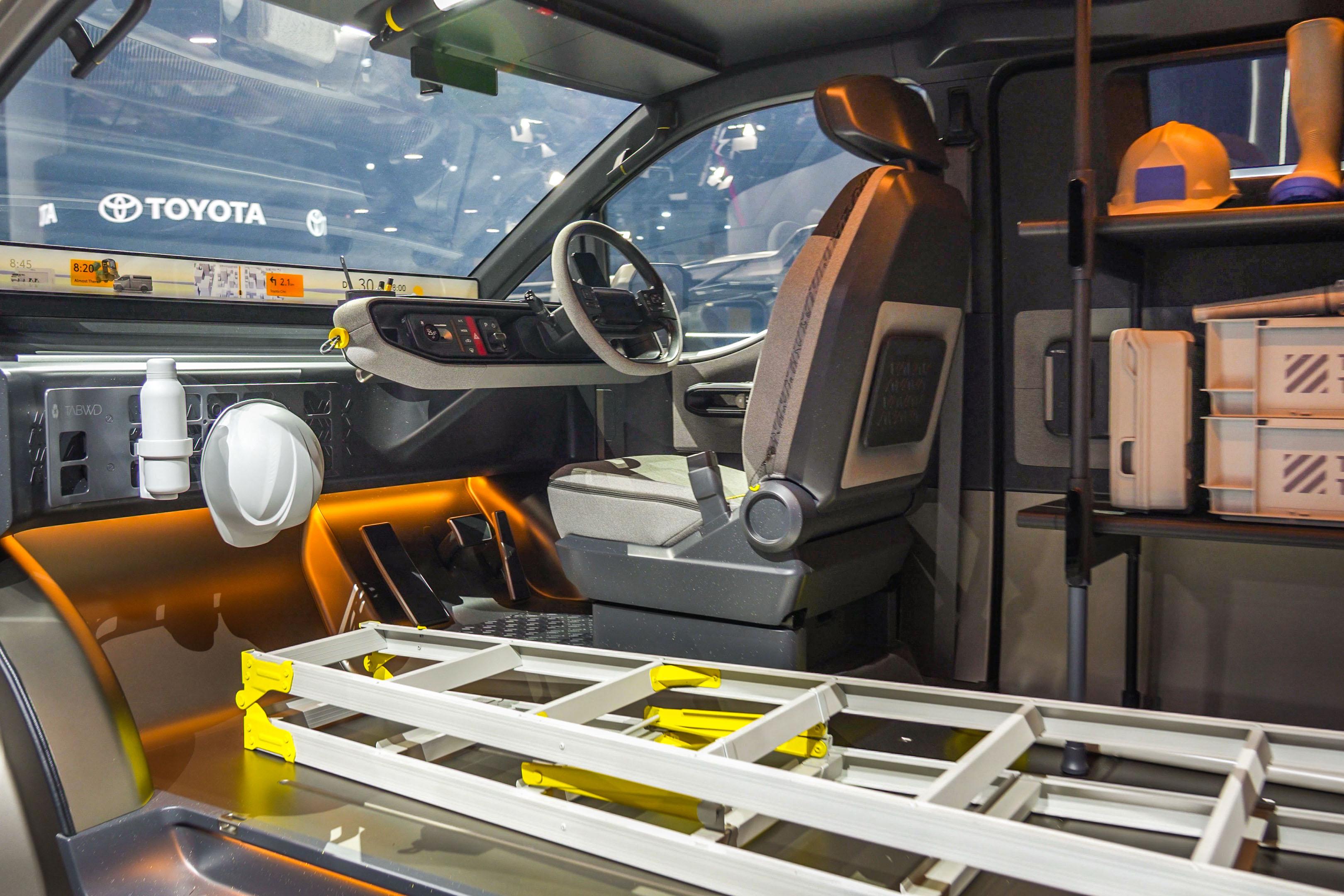
Storage bins, holders and boards are located in the area in front of the dashboard pod, as well as the space ahead of the front passenger.
Toyota didn’t provide any details about the HiAce Concept’s drivetrain, but the vehicle’s cab-forward design, short bonnet, and raised flat floor hints at an electric drivetrain.
In addition to the ‘full-size’ HiAce Concept, Toyota also revealed a smaller Kayoibako van with sliding front and rear doors.


The similarly-sized Kago-Bo also features sliding front and rear doors, but is built for autonomous taxi fleets instead of hauling goods or gear. There’s a sensor pod on the roof to enable self-driving, a spacious cabin with a no driving controls and a sofa-like rear seat.
There was an even smaller, kei-class complaint, Daihatsu Kayoibako-K van featuring a single large sliding door on the passenger’s side, and a regular forward-hinged door for the driver with sliding door behind.
The dashboard pod seems to carried straight over from the HiAce Concept, although there’s a plane-style yoke replaces the two-spoke steering wheel, and the full-width display has been junked in favour of a smartphone holder.
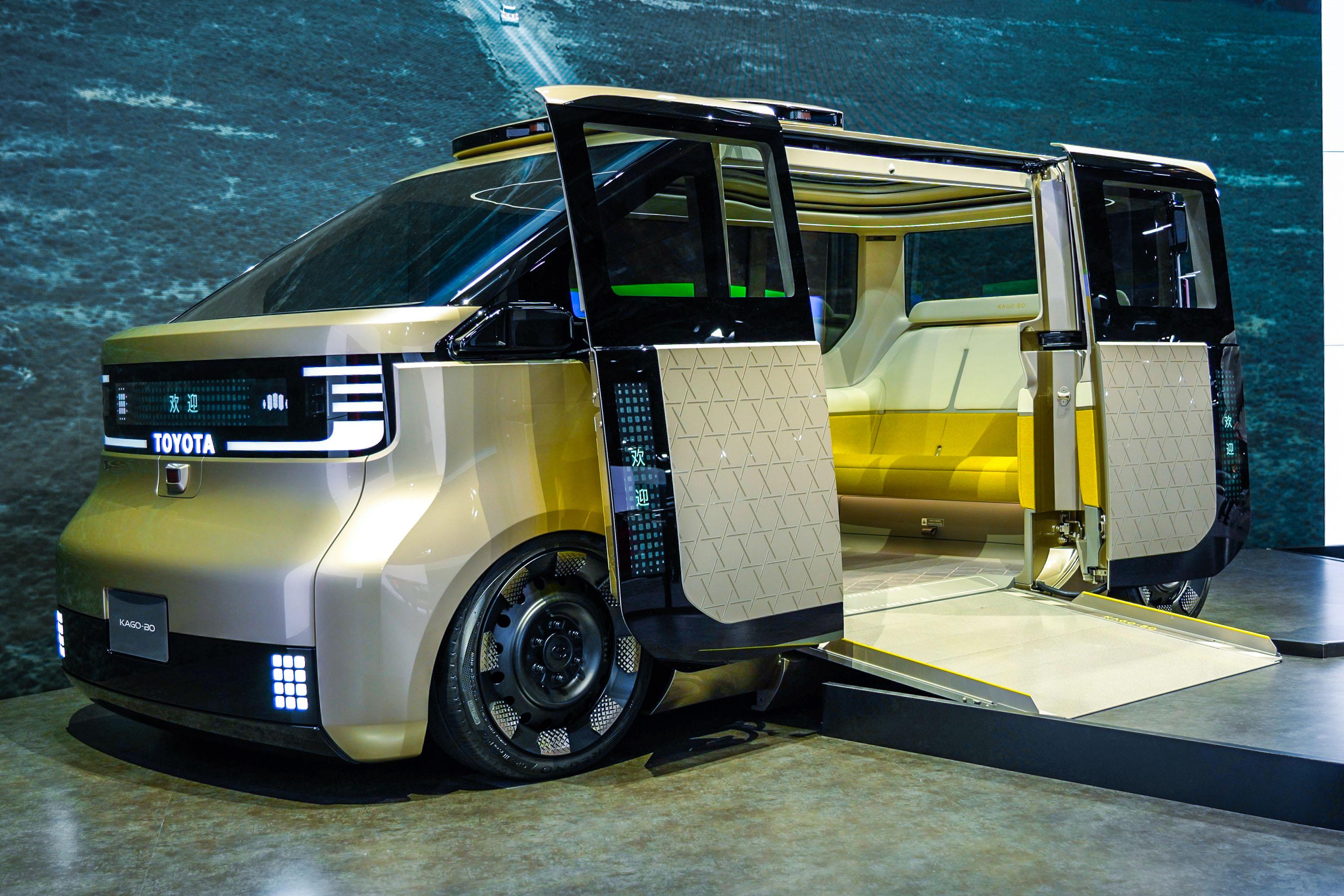
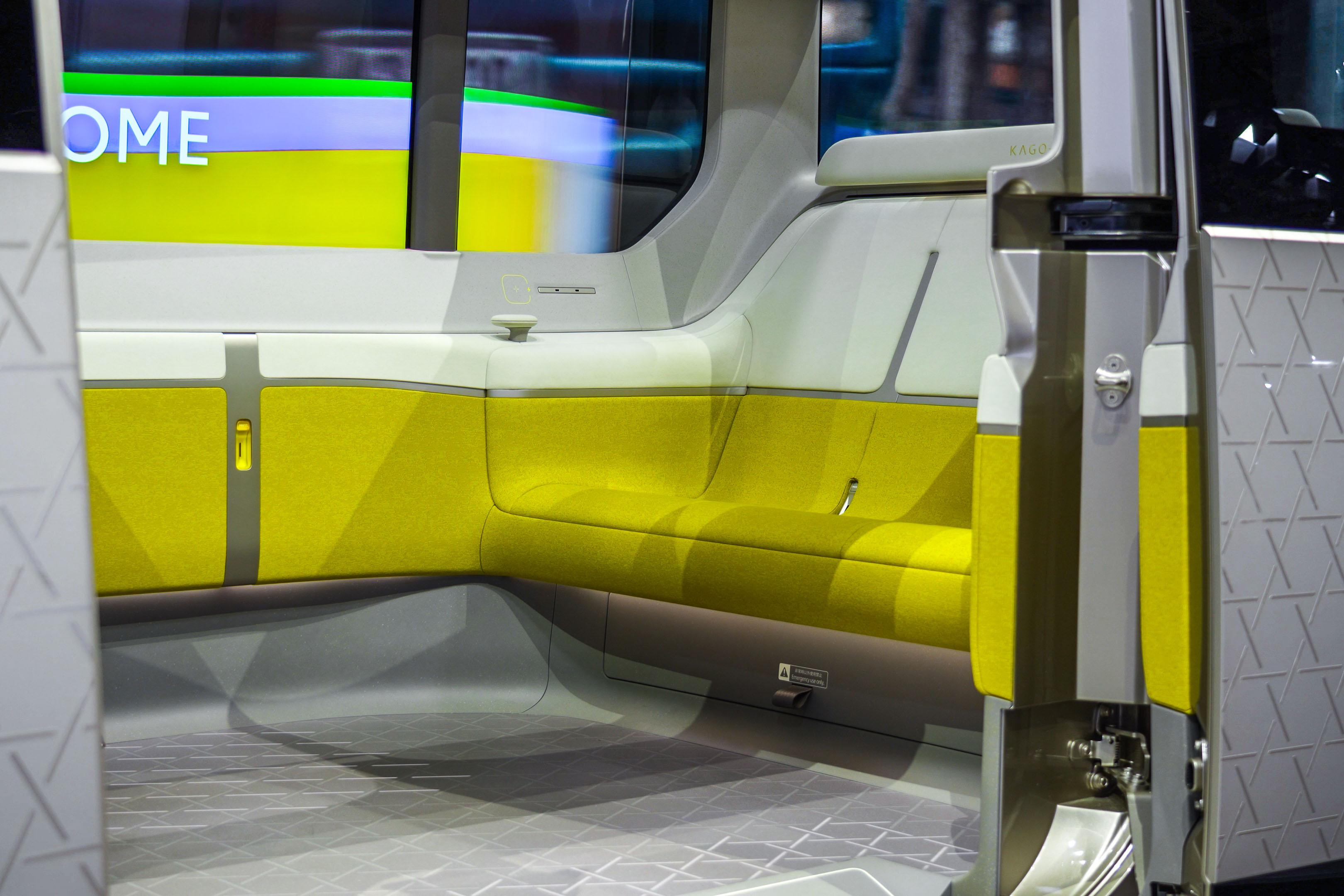
The HiAce Concept was originally going to be branded as the largest of the Kayoibako concepts. It’s unclear if this late change is due to the production intent of the HiAce concept, a matter of expediency or something else.
With the current sixth-generation HiAce debuting in 2019, it’s unclear when a new generation of the HiAce will be launched. The previous two generations each stayed in production for at least 15 years before being replaced.
Indeed, the fifth-generation with its cab-over-engine design remains is still being made, and is sold in Japan and select south-east Asian countries.
If the HiAce Concept is indeed electric, it could sold in an addition to the current petrol and diesel range.
MORE: Explore the Toyota HiAce showroom
